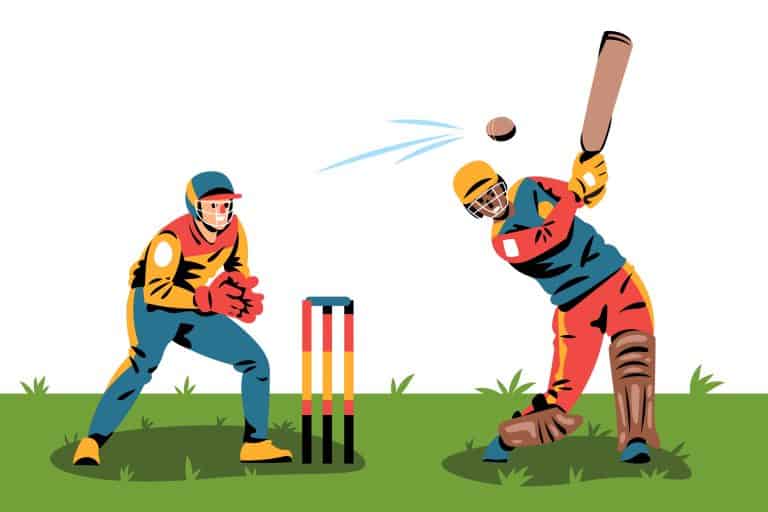In the collective Malian consciousness, the word sport rhymes with soccer or basketball. However, another sport that is gaining ground, both in terms of players and fans, is cricket, the second most watched sport in the world.
What began as one school’s initiative in 2002 is becoming increasingly popular, thanks to a dedicated fan base. Many schools have realized the vital role that cricket can play in their pupils’ learning, and have decided to train their teachers to become coaches for interested youngsters. In fact, most clubs in Mali are the initiative of teachers who bring together their students, both boys and girls, to create a club within the school. This is an important and commendable effort because, as we know, sport improves academic performance and is one of the reasons why, in developed countries, sport is an integral part of the educational system. What’s amazing about this sport of bat and ball is the power it has to create leisure activities and social networks in schools. Cricket therefore offers our country fertile ground for exploring a means of engaging learners and creating a social network and support for them.
From schoolyard to international cricket green oval
In its efforts to promote cricket, the Malian Cricket Federation, which was created and has joined the International Cricket Council (ICC) in 2005, is determined to make this sport inclusive by offering young girls the space and training they need to develop their skills. In 2023, for example, it set up a club in an all-girls high school with over a thousand students in grades 10 to 12. Currently, cricket is not only developing in and around Bamako, but is also gaining ground in places like Ségou, with 80 cricketers, 70 in Koutiala, 14 in Koulikoro, 89 in Gao, and the largest number of cricketers – around 400 – in Sikasso.
It is these individual and sometimes collective efforts which have enabled Mali to be one of the few French-speaking African countries to compete at international level in this sport dominated by English-speaking countries. The first time our country played beyond its borders was in 2007, against Gambia, in the first North and West African cricket championship.
National efforts and commendable results achieved despite many challenges
At national level, the federation organizes five major competitions each year in Bamako, Sikasso, Ségou and Koutiala. In Bamako, for example, the annual school tournament is organized to pay tribute to a pioneer of cricket in Mali. This tournament usually brings together 30 teams grouped into categories such as mixed under-13 teams, boys and girls under-15 teams, boys and girls under-17 teams, and boys and girls under-19 teams. Another important competition organized in Bamako is the senior men’s league, usually held in September and involving teams from different regions; the last edition took place in 2022 with 10 teams.
Despite these encouraging initiatives and achievements, the federation faces challenges related to access to equipment, space to install oval cricket and the financial means to organize regional competitions and train qualified coaches. National sports organizations and institutions must therefore provide greater support and commitment to the emergence of a sport that offers students the opportunity to capitalize on their passion for cricket while improving their academic results.
Kawory Berthé (President of FeMaCRIK)


Congratulations my dear Professor